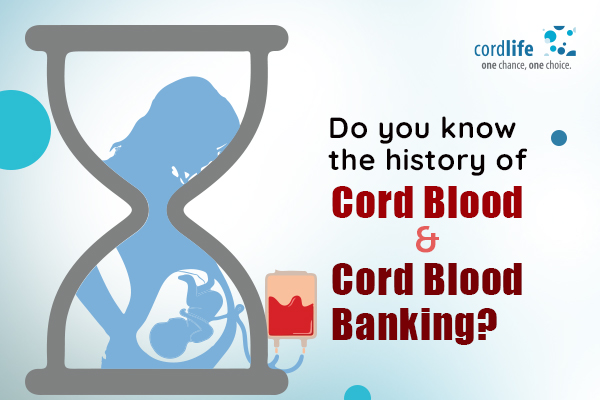Table of Contents
Stem cell transplantation has been considered as the most promising approach towards treating a few malignant diseases of the blood and the bone marrow. These stem cells come from the bone marrow and the peripheral blood and the first bone marrow transplant was successfully done to treat leukaemia, in 1956.
However, cord blood stem cell therapy is the most preferred choice for transplantation ever since it was found, in 1974.
Going by the basics, earlier, when babies were delivered, it was prevalent to treat the umbilical cord (along with the cord). But it was researched and found out that, cord blood is rich with blood-forming cells is used to treat life-threatening diseases like cancer, cerebral palsy, etc.
History Has It That
1988
In fact, the treatment of Fanconi Anaemia, in 1988, is the first successful cord blood transplant. This treatment was performed on a 6-year-old boy, who was suffering from the blood disorder “Fanconi Anaemia”.
1989
An article was published in 1989, in the Proceedings of the National Academy of Sciences, in which, it was found out that cord blood has features similar to the bone marrow, and has progenitor stem cells in abundance. These stem cells can be used for transplant. This paper, is evidence that, cord blood stem cells can be used potential alternative source to bone marrow for hematopoietic stem cell transplantation.
1992
In this year, The University of Arizona in Tuscon, banked the first cord blood units privately and the New York Blood Center, opened the first public cord blood bank.
1993
In this year only, the first cord blood transplant performed at Duke University in Durham, (USA)
1995
Cord Blood Registry (CBR) was found, by 1995.
2005
Cord blood transplants became quite successful amidst children, who suffered from acute lymphocytic leukaemia.
Since 2005, researchers have only observed successful cord blood transplants. By 2018, 30,000 and more cord blood transplants have been conducted, across the world.
Knowing the power of cord blood stem cells, many expecting parents, have taken the most important decision of cord blood banking, in their life. And there public and private cord blood banks, who support this decision and take every necessary step from the collection to cryopreservation of the baby’s cord blood. All that the parents have to do is bear the cord blood banking cost and reap the benefits.
The Benefits Of Cord Blood Banking Are
- Absolutely safe and painless collection of the cord blood right the baby’s delivery
- Use of automated and innovative technology, which leaves no-possibility of manual inaccuracy, thus ensuring the highest recovery of live and kicking stem cells.
- Carefully storing the cord blood stem cells in frozen state anywhere between 21 and 75 years of your baby’s life, so that, the baby or his or her family can use the stem cells for treatment even after two decades.
Conclusion
So, if you are expecting parent, and still thinking, about cord blood banking we hope this article will help you to make an informed decision. And once you make this decision, half your battle is won. As cord blood stem cells are undergoing several clinical trials like Alzheimer’s, Parkinson’s disease, Autism, etc.
As, expecting parents, all you need to do choose a bank, that has years of stability, heritage, and choose a bank that internationally recognised and offers total stem cell banking solution, just like Cordlife India, Asia’s largest network of private cord blood banking has been doing, since 2001.
